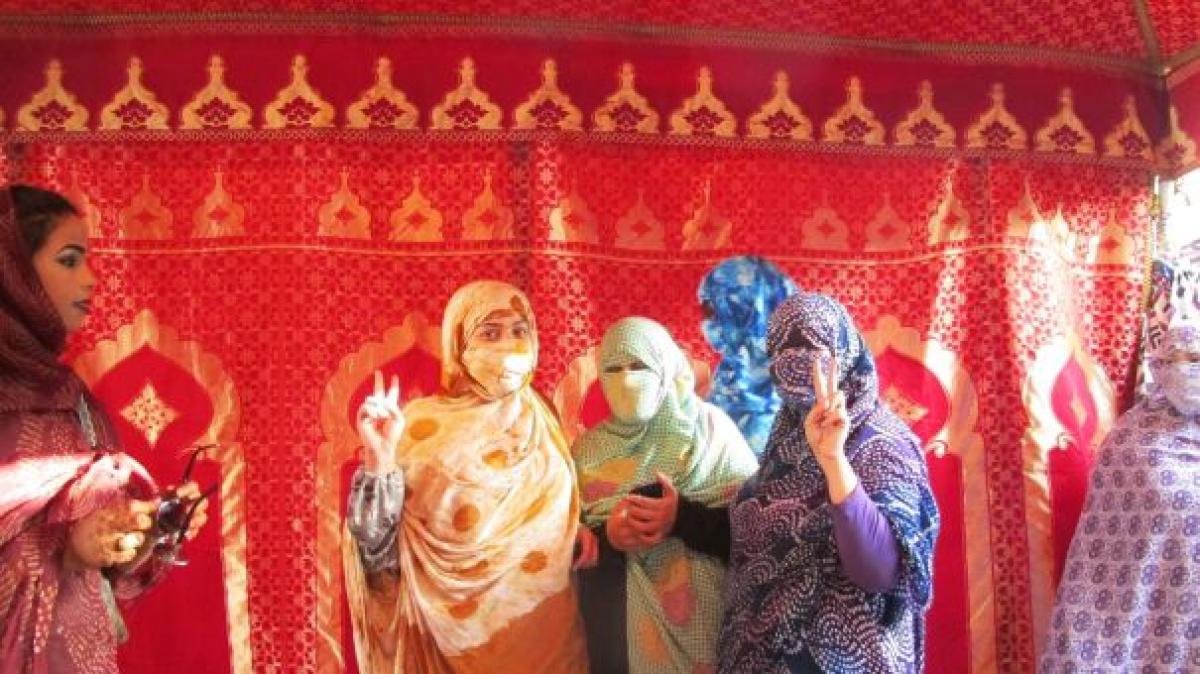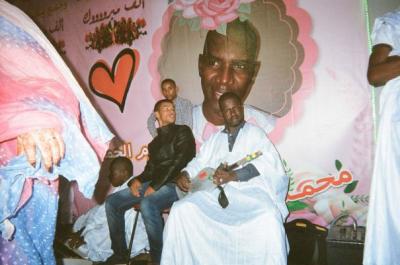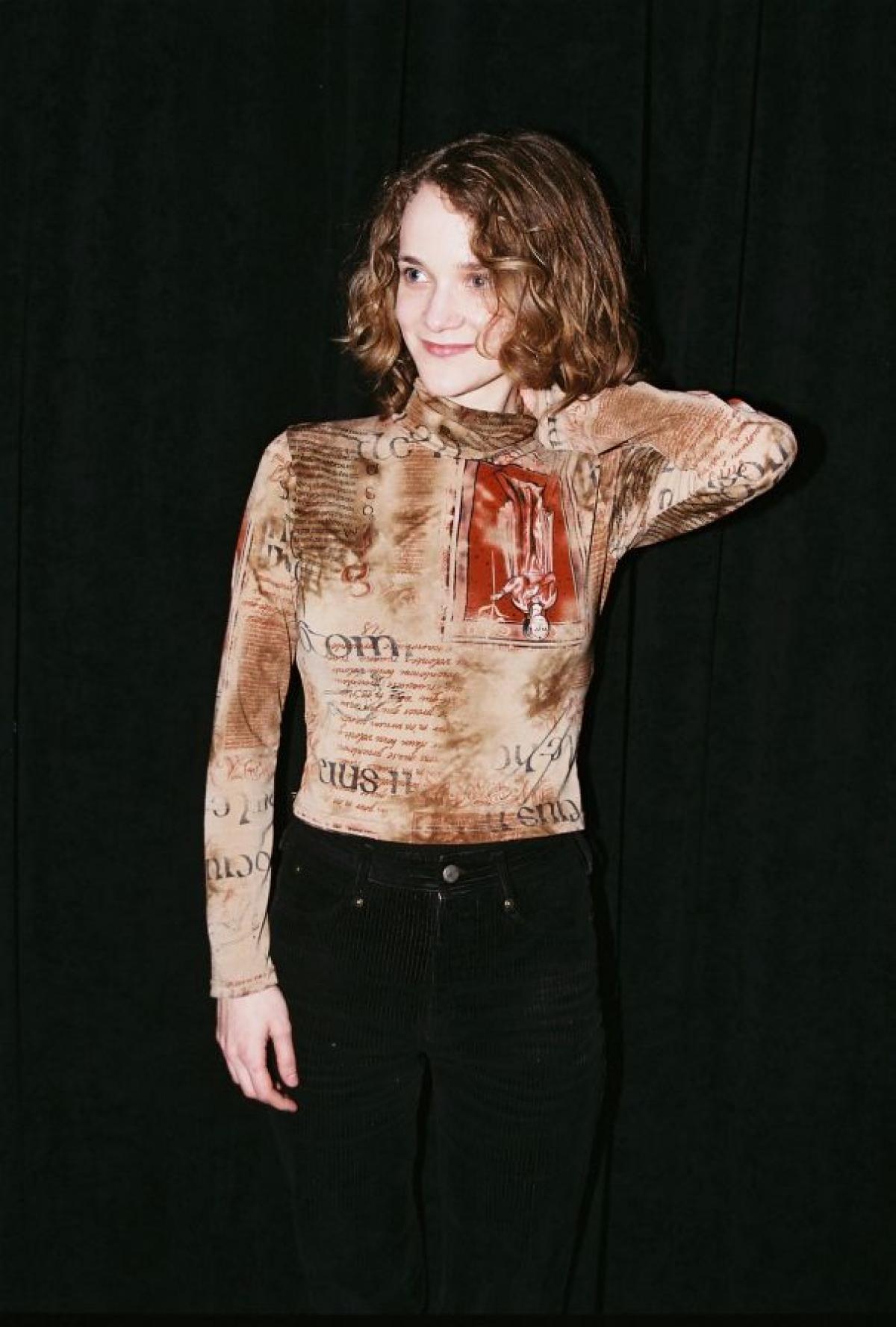
When Voyeurism Exceeds Exotism
In the latest film Oulaya's Wedding from «Sublime Frequencies», one is thrown into the middle of a traditional wedding in the Western Sahara. But is the overwhelming proximity to the colourful celebrations able to bypass exoticism, asks the director and archivist Christopher Kirkley.
Oulaya’s Wedding, the latest film of «Sublime Frequencies» co-founder Hisham Mayet and the directors Brittany Nugent and Cyrus Moussavi, takes us to the Western Sahara. It profiles the events of a typical Hassaniya wedding. Oulaya is the daughter of a popular wedding musician and member of the Sublime Frequencies music group Doueh. But instead of a person, the main character is the wedding itself – and the camera becomes another spectator at a wedding where everyone wants to be seen. This creates a constant challenge of how to circumvent the filmic gaze with its subjects.
The voice-overs, interviews, and subtitled conversation, stand in contrast to Mayet’s typical work. The largely impressionistic pictures that indulge in the overwhelming exoticism of transcultural experience, seem to exist in another realm of Sublime Frequencies. But yet, the film does not offer a one dimensional perspective. Instead, the camera is always acknowledged. In one scene, it lingers after an interview, and one hears the translator explaining in English to the filmmaker. We are reminded that even in these most didactic moments, there is a mediation.

Voyeurs Being Watched Themselves
It is beneficial that the subject of the film is a wedding, an event that is no stranger to the camera, as weddings have been recorded since spectators could film themselves, and some interspersed DV footage of the wedding is a nice callback to this. In Oulaya’s Wedding, the five day celebration itself is a stage and a performance for every attendee. It is lavish and overwhelming, an onslaught of color and sensation, and offers a space full of voyeurs that are – dressed in the finest hyper-colored fabrics or showering in money bills like the musicians – being watched themselves.
There is just one person whose face is never seen: Oulaya herself. When she finally makes an appearance, towards the end of the film, she’s draped in a mulafa, her face obscured through the dark fabric. Like a one-way mirror, a fine mesh, and she watches the wedding in secret. Whatever expressions she’s making under the mulafa, whatever she's thinking, is not for us to see. In that way, we share more with Oulaya than any other guest. Hidden behind the camera, unseen, we sit in the crowd and watch.
Biography
Published on January 08, 2019
Last updated on April 29, 2024
Topics
From Self-Orientalism in Arab music to the sheer exploitation of Brazilian funk music by acclaimed artists: how exotica examine aesthetics playing with the other and cultural misunderstandings.
What is it to be a voyeur in a world where everybody sees each other? What’s the difference between obsessed observation and the mundane swiping through Instagram?
From westernized hip hop in Bhutan to the instrumentalization of «lusofonia» by Portuguese cultural politics.
Snap






